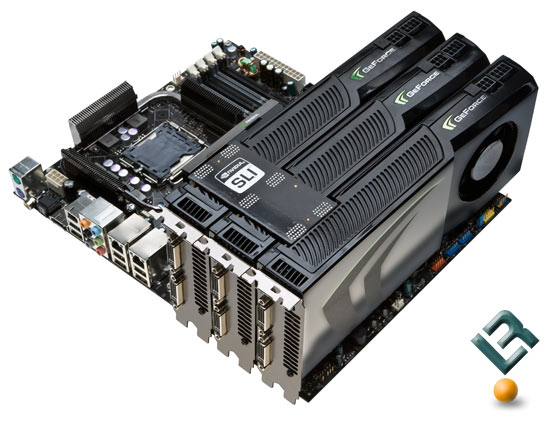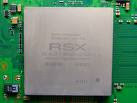
NVIDIA's success in the graphics industry has to do with two things; the first is a competitive product and the second, the ability to execute. 3dfx learned the hard way (as did NVIDIA with the NV30) that releasing hardware in a timely fashion is critical. With the NV40 family of products which spans from the 6200 TC all the way to the 6800 Ultra, NVIDIA nailed down both performance leadership as well as high product availability for the most part.
The graphics manufacturers are usually pretty predictable in terms of the product launches; there is usually an introduction of a part in the spring/summer timeframe and a product refresh in fall/winter. Although there was the announcement of a 512MB GeForce 6800 Ultra in this February, that was not really a refresh, but the introduction of SLI can be read as such. The last few months have been filled with rumors about new cards as the spring rolled around. Rumors on the NVIDIA front had been contradictory at best with some sources suggesting that there would be a NV40 refresh while others pointed to a whole new architecture. In any event, it has been over a year since the debut of the 6800 Ultra and there has not been another single board, mainstream NVIDIA part that has superceded it until today; the 7800 GTX, codenamed G70.
The graphics manufacturers are usually pretty predictable in terms of the product launches; there is usually an introduction of a part in the spring/summer timeframe and a product refresh in fall/winter. Although there was the announcement of a 512MB GeForce 6800 Ultra in this February, that was not really a refresh, but the introduction of SLI can be read as such. The last few months have been filled with rumors about new cards as the spring rolled around. Rumors on the NVIDIA front had been contradictory at best with some sources suggesting that there would be a NV40 refresh while others pointed to a whole new architecture. In any event, it has been over a year since the debut of the 6800 Ultra and there has not been another single board, mainstream NVIDIA part that has superceded it until today; the 7800 GTX, codenamed G70.
Today, NVIDIA will be announcing the availability of their next-generation GeForce 7800 GTX graphics processing unit (GPU). The GeForce 7800 GTX is based on the PCI-Express interface
and is replacing the popular GeForce 6800 Ultra at the high-end. With NVIDIA's Scalable Link Interface (SLI) technology, a second GeForce 7800 GTX can easily be added to a system in order to achieve an unprecedented level of 3D graphics performance
and is replacing the popular GeForce 6800 Ultra at the high-end. With NVIDIA's Scalable Link Interface (SLI) technology, a second GeForce 7800 GTX can easily be added to a system in order to achieve an unprecedented level of 3D graphics performance
The GeForce 7800 GTX will be available to order today from online retailers, system builders, and PC OEMs and carries a suggested retail price of $599. The following PriceGrabber search will provide a list of online retailers that are selling the GeForce 7800 GTX. Keep in mind that the price of a product is typically determined by supply and demand. One of the main reasons for the $599 price tag is that the PCI-Express versions of the GeForce 6800 Ultra and GeForce 6800 Ultra have retained much of their original value due to the tremendous popularity of SLI.
Today may also mark the end of era an NVIDIA did not provide information in regards to an AGP version of the GeForce 7800 GTX. They are also announcing the GeForce 7800 GTX today and declined to provide any further information at this time concerning additional GPUs that are expected to make up the GeForce 7 Series.
Today may also mark the end of era an NVIDIA did not provide information in regards to an AGP version of the GeForce 7800 GTX. They are also announcing the GeForce 7800 GTX today and declined to provide any further information at this time concerning additional GPUs that are expected to make up the GeForce 7 Series.





